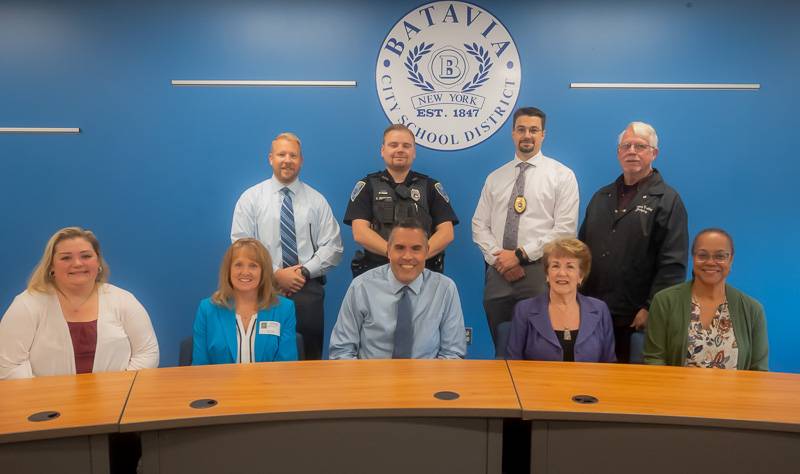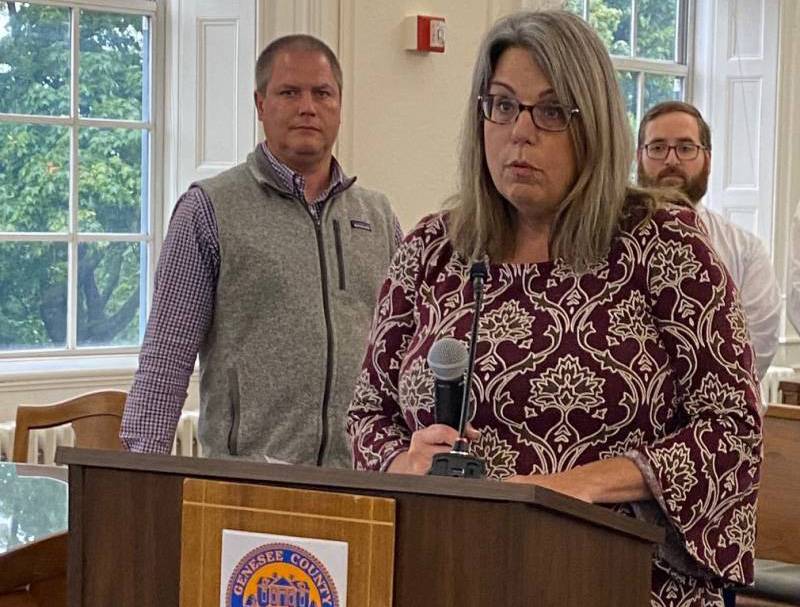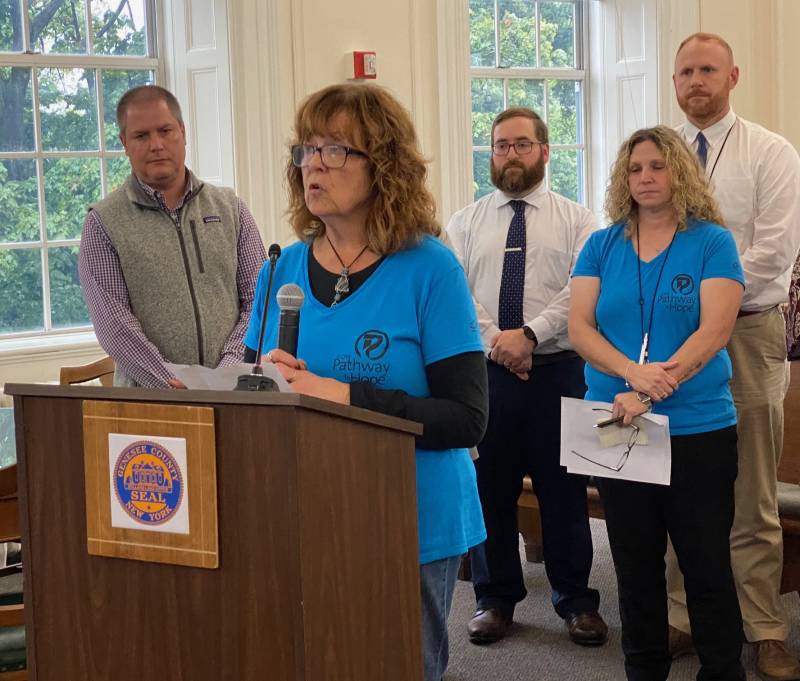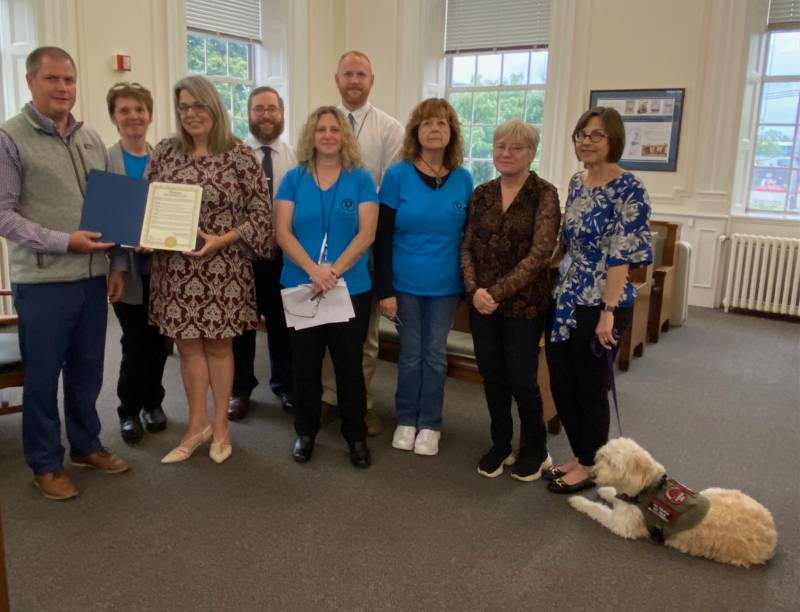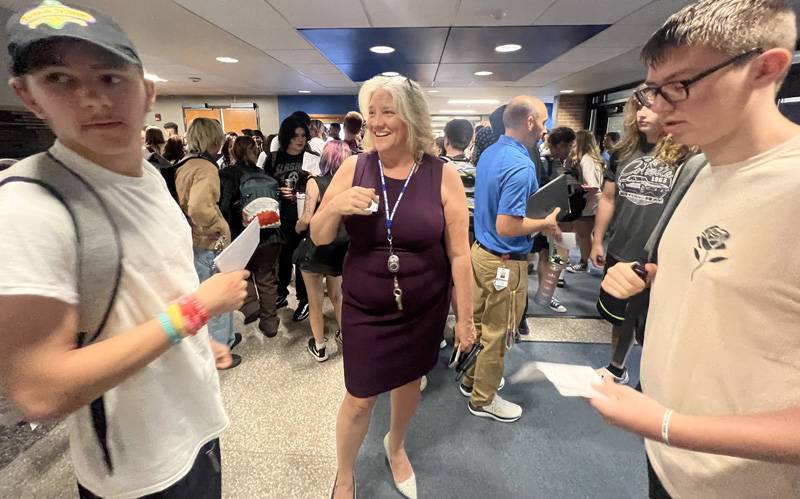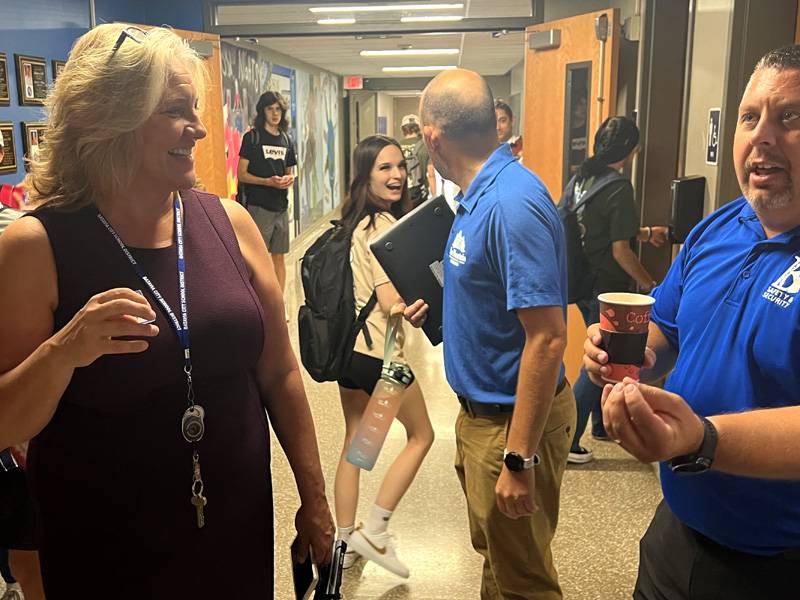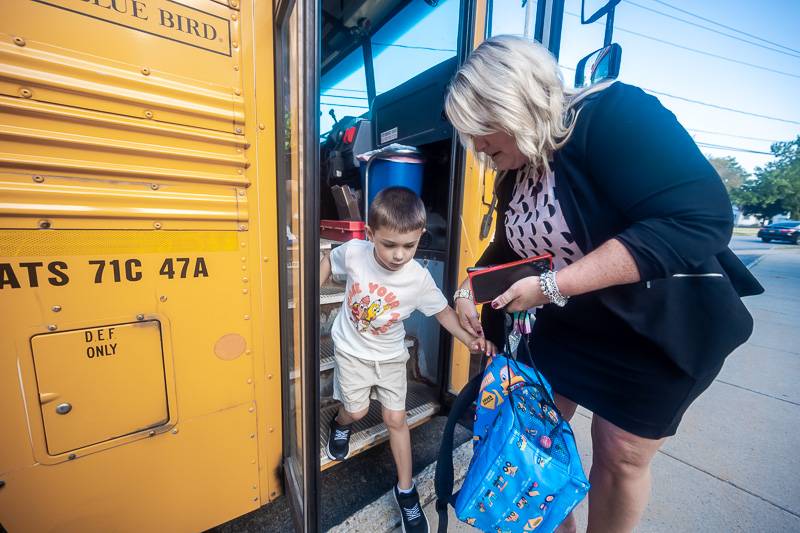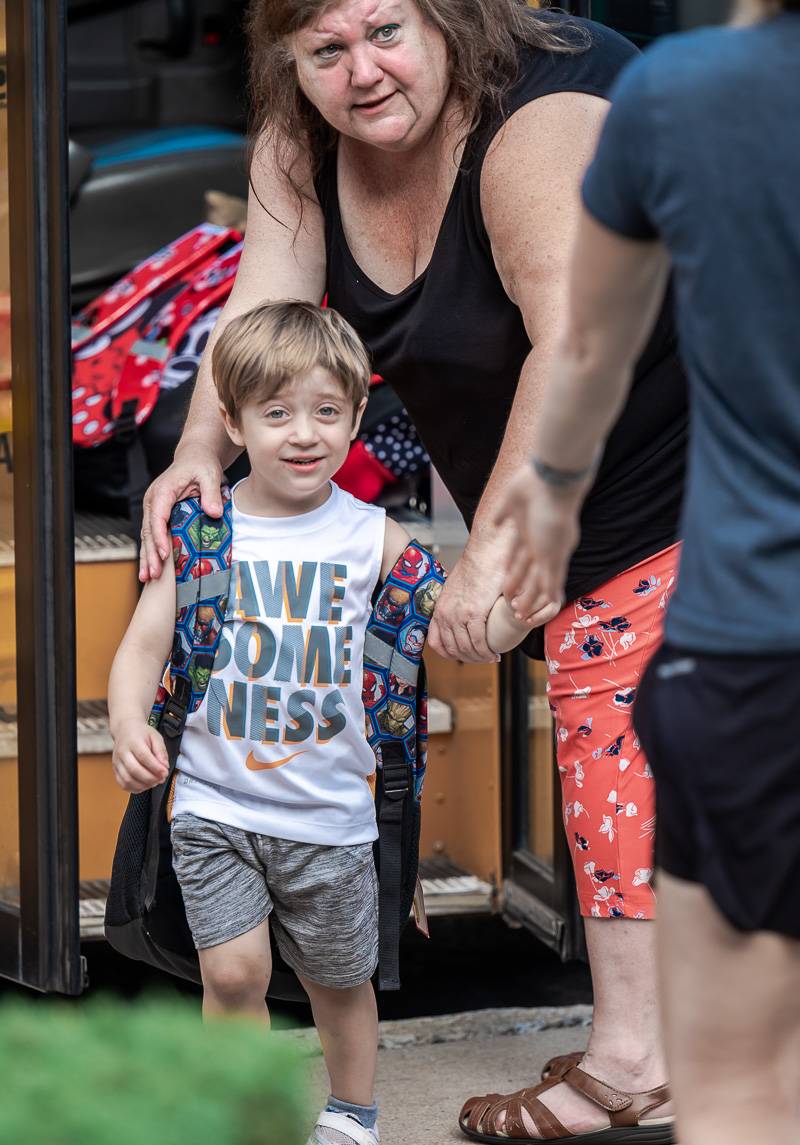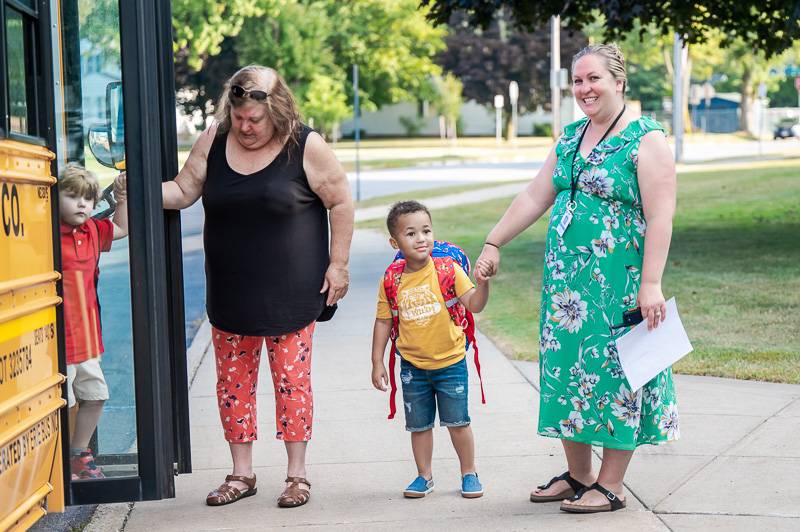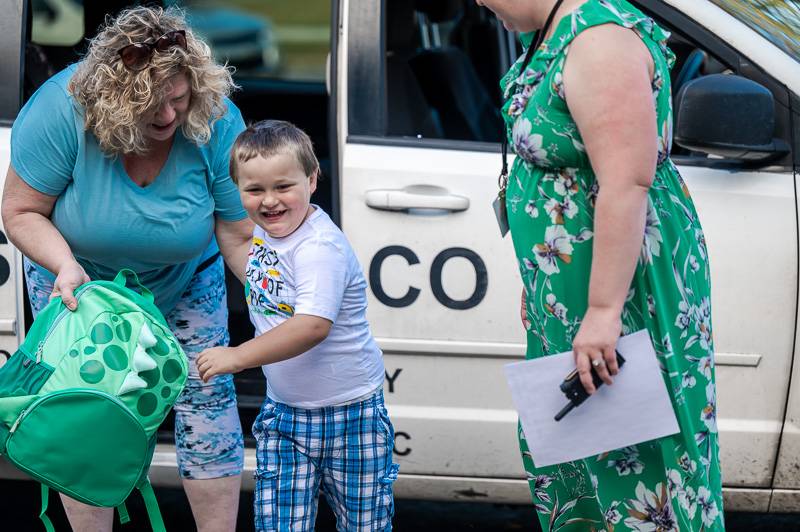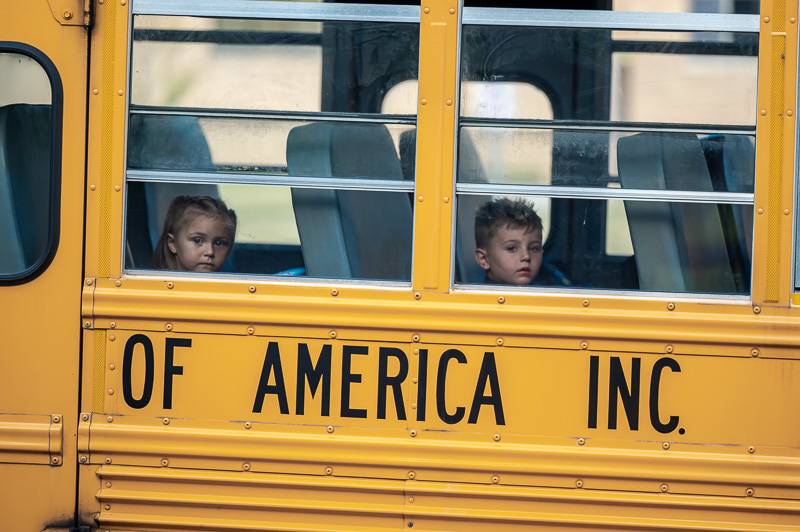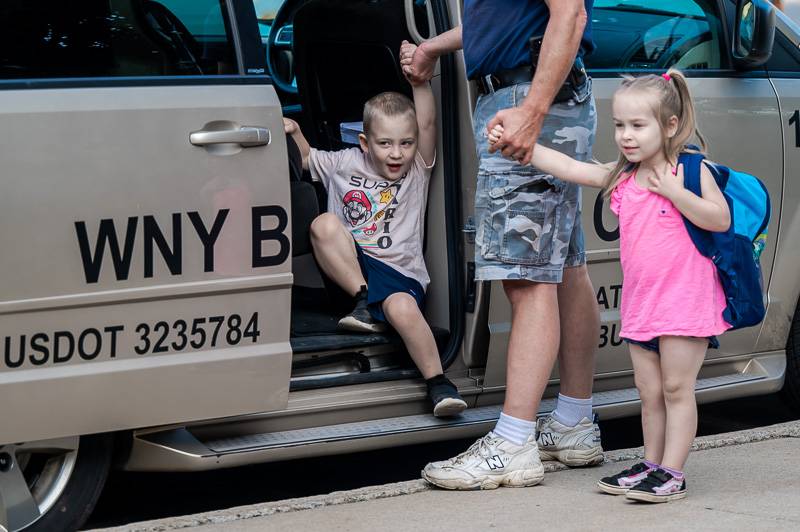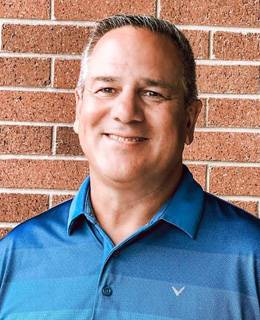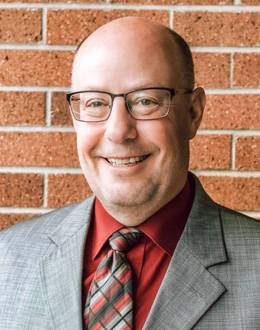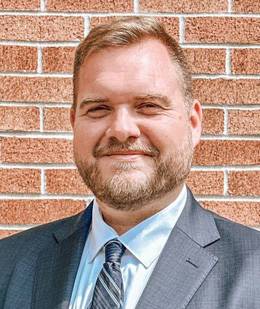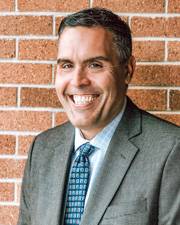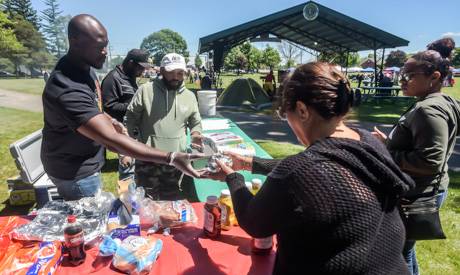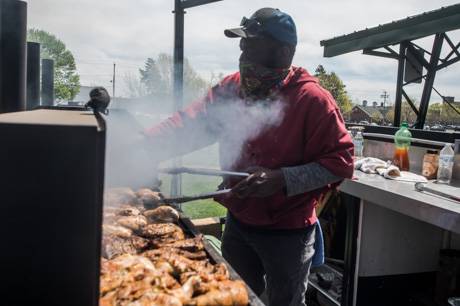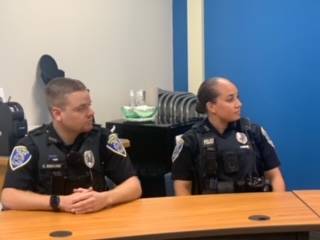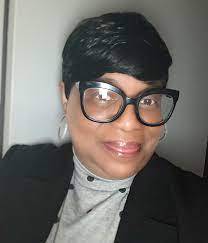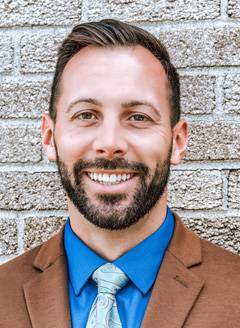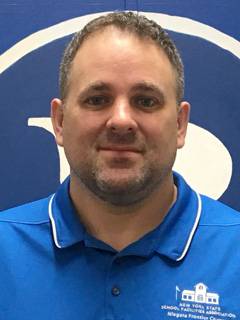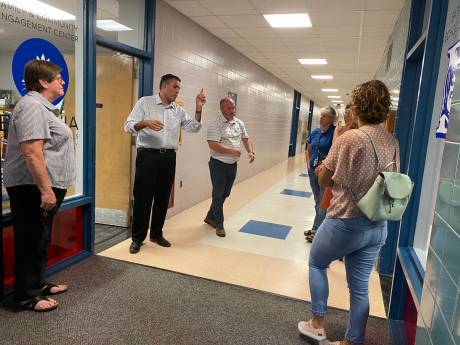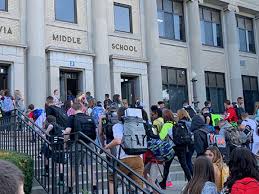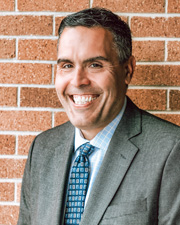Batavia's budget approved, community schools program shifts with new coordinator and focus on social work
Now that the Batavia City Schools budget has been approved, district leaders will focus on certain portions of the financial plan, including how to proceed with changes in the Community Schools program, which will mean hiring a part-time coordinator, Superintendent Jason Smith says.
Once the change officially takes place on July 1, former full-time coordinator Julia Rogers will be reverting back to a former title as assistant principal at the district and a new coordinator will be hired, he said. The program, built upon a five-year $2.5 million grant, is designed to unite the Batavia community and its schools through “shared resources, working partnerships and open, collaborative communication.”
Part of the U.S. Department of Education Office of Elementary and Secondary Education program, also considered a “full-service” community schools program, includes a yearly evaluation review and related report, which is performed and posted by Brockport Research Institute.
All of the measurable data and protocols for the program is collected by Molly Corey, executive director of curriculum and instruction for the district.
There are 10 pillars of expectations for the program, each involving various goals, from accessibility of mental and behavioral health resources to equitable diversity ratios among the student and employee populations.
In reviewing the first report, issued in October 2023, The Batavian asked several questions of Smith.

Q: Given that it is a grant, how was that extra funding from the (coordinator) job reduction used?
A: Per the grant requirements, the District was required to match a portion of the Coordinator of Community School salary. As a result, general fund expenditures have been reduced, allowing us to prioritize other programming while being mindful of expenditures.
Q: One of the program objectives (10) seems to lean heavily on "community schools director and coordinators" that were hired in year one, and The Batavian was only aware of the one coordinator. Were or are there other such positions?
A: We have hired one Coordinator of Community Schools, given the size of our District. As a note, we have a full-time aide assigned to the Community Schools team, who will remain in place with the hiring of the new part-time coordinator.
Q: The next question cites a particular section: Train community schools directors and coordinators in trauma-informed care, restorative justice practices, and Multi-tiered Systems of Support. No evidence has been provided that these trainings have taken place. As of the writing of this report, only a System of Care training with eight participants was reported. It is unclear if there was additional training provided during Year 1 or not.
Was this type of training done for this program? Or will it be incorporated at some point?
A: The training requirements were met.
MTSS is essentially a system designed to provide academic support for students based on their needs. Several staff trainings have been provided, and future trainings are planned.
Trainings we have already provided include:
- Summer professional development offerings for restorative practices and MTSS (several sessions)
- Several sessions have taken place during the school year/school day
- Faculty meetings (per school)
- Social workers and counselors were part of a series from the University of Rochester
- Additional resources are available for self-paced training
We have approximately 20 staff members trained in Trauma Illness and Grief practices.
Q: Another question based on a specific section of the protocol, based on the Year 2 target: By year two, BCSD expects to maintain a staff reflective of the student population, trained in a variety of evidence-based practices, and engaged in professional learning communities.
Staff training and engagement with professional learning communities may very well happen by the end of Year 2. The concerning finding from the BEDS data, Brockport Research Institute states, is related to the goal of having a staff reflective of the student population. Currently 97% of BCSD staff are White, and 100% of the teachers are White. As only 70% of the student body is White, it is unclear how BCSD can meet its goal of a staff reflective of the student population by the end of Year 2 (December 31, 2024).
Based on the above percentages, the recommendation was to work with Human Resources, which prompts The Batavian to ask if you can also work with the teachers union to move toward hiring more teachers of color or otherwise affect the staffing ratio. Is this feasible? Does the district have a plan for this?
A: Our teachers' union is not directly involved in the hiring of staff.
Additionally, the District believes it is important that our workforce reflects our student body and remains committed to diversity in hiring practices, while at the same, hiring highly skilled, qualified, and dedicated teachers and staff. We’re proud of our recent hires who helped us reach this goal, and we’re continuously exploring ways to attract, hire, and retain a diverse staff.
Q: The researchers also said it was "unclear what percentage of students accessed any of the supports under this pillar (mental and behavioral health) or which of the supports were available during Year 1." Why is that? Do you feel that setting up this program has been working so far? Do you see room for improvement, and if so, can you be candid about some examples?
A: We are thrilled to see numerous students across BCSD access our support services. We have dedicated staff to address these needs, as well as partnerships with several community agencies that work with our students (mental health and behavioral health) The students who need these services the most are accessing them—and we’re proud to have programs and staff available to help.
Q: This program is about far more than just one coordinator, but it seems, given some of this data, that reducing a full-time position to part-time doesn't seem a likely remedy to accomplish the findings and recommendations made by the BRI, so has the district revised or is revising its strategies moving forward?
Q: We have systems in place to address student learning needs, as previously described regarding Multi-Tiered System Support.
The best approach is to increase the resources closest to the students. Each school has a social worker and counseling team that integrates needed resources into their school by working closely with the principal. We have seen tremendous success with this model for our District. Having these resources embedded in each building where they get to know students, their families, and their needs has expanded our capacity to reach those who really need our support directly.
Q: Are you working toward the issues of racial disparity for discipline and absenteeism? According to the report, blacks are in a higher percentage than whites for both. Is there a plan to discover why more blacks are missing school and why more of them are being disciplined?
A: We are currently providing support through My Brothers Keeper, a grant and program designed to address these issues.
Each school has an attendance team that strives to improve attendance for all students. The DEI committee completed a book study, “Culturally Responsive Teaching and The Brain,” by Zaretta Hammonds. We are in the process of integrating practical strategies outlined in the book into our attendance process.
Q: It was also discovered that less than half of the parents who completed the program’s needs assessment agreed that students were treated fairly, no matter their race or cultural background. What do you think that's about?
A: Our District's goal and top priority is to ensure fair and equitable treatment for all students, and our leadership team and Board of Education are 100 percent committed to this goal.
We appreciate the input from our parents who participated in the survey -- it provides a helpful perspective. With that being said, we are closely analyzing the results of the survey to help inform our practices, and we will certainly make adjustments as needed.
Q: Can you elaborate at all about those “critical elements” that the current coordinator will be focusing on, and confirm if there are other coordinators and a director to be handling other components of the program?
A: The new Coordinator will partner with building and district leadership to target focus areas. A particular focus will be to leverage the work of our social workers to support Community School goals.

